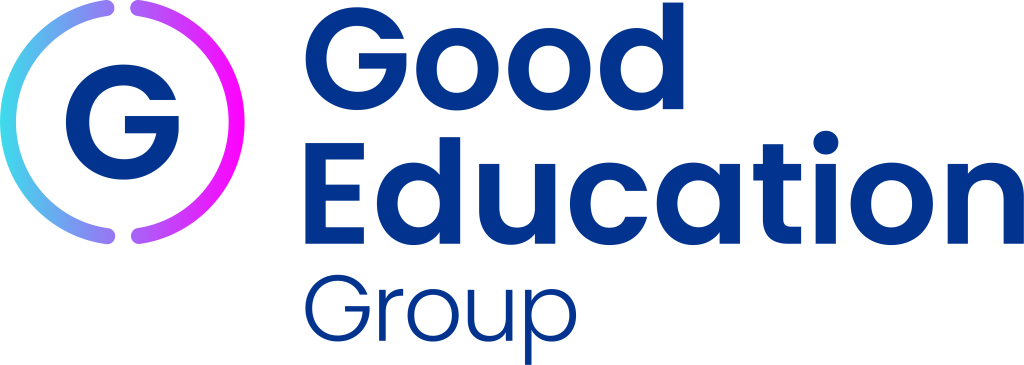Brought to you by MyTutor
Dyslexia is a learning disorder that can affect a person’s spelling, writing and reading skills. This can provide some unique learning challenges inside the classroom, specifically:
- difficulty with memorising letters
- trouble identifying differences between words
- trouble comprehending written directions and words
- poor spelling skills.
Dyslexia can also affect learning in terms of interrupted focus, lower self-esteem due to difficulty learning as quickly as other children and problems with organisational skills.
If a child exhibits any of these signs, it’s important to make classroom accommodations to ensure they’re offered the support they need.
In this post, we’ll explore three ways you can do just that in class.
Change the classroom culture
Learning in the traditional classroom methods can be a challenge for a student with dyslexia, which can make school a difficult experience.
In order to give all of your students the best possible chance of reaching their educational goals, it’s crucial for teachers to create a more supportive and inclusive learning environment in the classroom.
Ensure that the students feel comfortable in asking questions, and speak to any individual who may need certain reasonable adjustments to understand the type of support they would benefit from.
While changing the classroom culture doesn’t happen overnight, it’s important to take the small steps necessary to help students with dyslexia get the most out of their learning experiences.
Putting the foundations in place today will benefit current and future classes.

Be flexible in your approach
There is more than one way to teach the same curriculum, and not all students will gain the maximum benefit from a traditional approach.
It’s important to be flexible as a teacher – be willing to adapt your methods to try and connect with different members of the classroom.
The following suggestions could help with learning difficulties:
- modifications to verbal instructions, such as providing directions orally and visually to better suit students’ needs
- allowing extra time for assignments and tests, which enables students with dyslexia to better comprehend the material
- providing students with dyslexia with opportunities for hands-on activities, which may be advantageous and make learning more enjoyable.
When teachers make these adjustments, it can make a big difference for the student’s ability to succeed in their academic work.

Extra resources and physical modifications to the classroom
One of the most important ways you can help students with dyslexia is to make physical changes to your classroom in terms of learning resources.
For example, many students with dyslexia will struggle with written instructions, such as reading small, black text on a plain white background.
- One way to support the students in this capacity is to change the formatting and background of your interactive whiteboard, to make any text easier to read.
- For written documents, you could provide a coloured overlap for students to use freely.
- You could take it one step further and recommend your school to provide students with access to assistive technology that will help them to better interpret and process information. For example, installing mind mapping software on computers or employing text-to-speech technology.
There are many different options available that can support students with dyslexia. It’s important to have a direct conversation with your students to better understand their needs and ensure they’re getting access to the most appropriate software.
All of these changes and support we’ve mentioned won’t hinder the learning experience of other students, but may be extremely advantageous to students with dyslexia, providing them with inclusive classrooms and a better chance to succeed.
